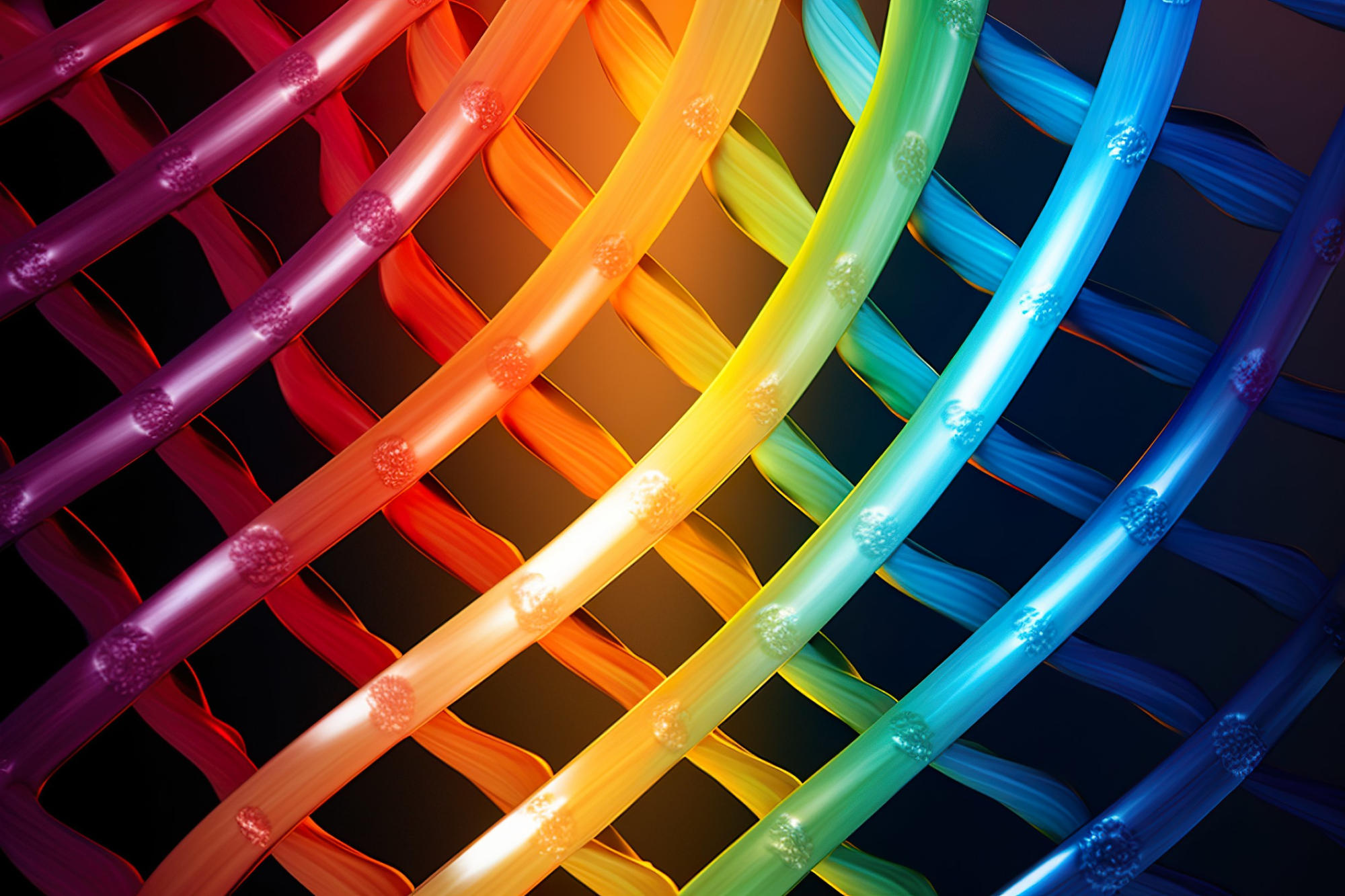After the use of their tissue platform, the researchers observed regeneration of tissues
and shoulder function recovery.
The new complex tissue platform can restore damaged rotator cuffs
The typical office worker often has soreness throughout their body as a result of their sedentary desk jobs. Even young individuals may develop shoulder pain, which was previously primarily an issue for elderly people.
Once shoulder pain creeps in, it is difficult to dress oneself, let alone move one’s body freely. It is also difficult to fall asleep. While the rotator cuffs are often naturally harmed as we age, repairing them has shown to be difficult.Through a collaboration with Professor Hak Soo Choi at the Harvard Medical School, a Pohang University of Science and Technology (POSTECH) research team made up of Professor Dong-Woo Cho, Dr. Suhun Chae, and Jinah Jang, as well as Professor Jinah Jang and Ph.D. candidate Uijung Yong, has developed a complex tissue platform that can repair damaged rotator cuffs.
This platform, which can precisely replicate the intricate structure of rotator cuffs, is 3D-bioprinted using tissue-specific extracellular matrix bioink.
The international journal Bioactive Materials recently published the findings of this study, which could potentially provide patients with chronic shoulder pain renewed hope.
The study team transplanted this platform in rats that had full-thickness rotator cuff injuries. The researchers observed tissue regeneration and recovery in shoulder function.
The results proved that the platform, which includes stem cells, can actually regenerate rotator cuffs. READ MORE...

















